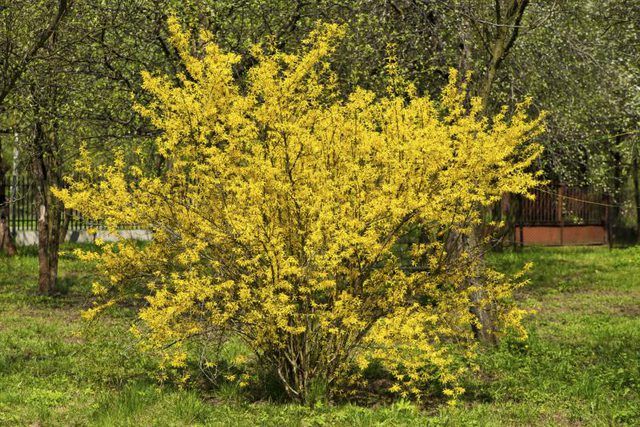Bulbs
Flower Basics
Flower Beds & Specialty Gardens
Flower Garden
Garden Furniture
Garden Gnomes
Garden Seeds
Garden Sheds
Garden Statues
Garden Tools & Supplies
Gardening Basics
Green & Organic
Groundcovers & Vines
Growing Annuals
Growing Basil
Growing Beans
Growing Berries
Growing Blueberries
Growing Cactus
Growing Corn
Growing Cotton
Growing Edibles
Growing Flowers
Growing Garlic
Growing Grapes
Growing Grass
Growing Herbs
Growing Jasmine
Growing Mint
Growing Mushrooms
Orchids
Growing Peanuts
Growing Perennials
Growing Plants
Growing Rosemary
Growing Roses
Growing Strawberries
Growing Sunflowers
Growing Thyme
Growing Tomatoes
Growing Tulips
Growing Vegetables
Herb Basics
Herb Garden
Indoor Growing
Landscaping Basics
Landscaping Patios
Landscaping Plants
Landscaping Shrubs
Landscaping Trees
Landscaping Walks & Pathways
Lawn Basics
Lawn Maintenance
Lawn Mowers
Lawn Ornaments
Lawn Planting
Lawn Tools
Outdoor Growing
Overall Landscape Planning
Pests, Weeds & Problems
Plant Basics
Rock Garden
Rose Garden
Shrubs
Soil
Specialty Gardens
Trees
Vegetable Garden
Yard Maintenance
How to Prune Forsythia Bushes
How to Prune Forsythia Bushes. A full-grown forsythia shrub (Forsythia spp.) can spread over 12 feet wide and grow up to 10 feet tall. This flowering deciduous shrub grows in U.S. Department of Agriculture plant hardiness zones 4 through 9, depending on the variety. Regular pruning helps maintain the shrub's natural shape while encouraging healthy...

A full-grown forsythia shrub (Forsythia spp.) can spread over 12 feet wide and grow up to 10 feet tall. This flowering deciduous shrub grows in U.S. Department of Agriculture plant hardiness zones 4 through 9, depending on the variety. Regular pruning helps maintain the shrub's natural shape while encouraging healthy and lush flowering.
In Good Time
Pruning at the wrong time is the main cause of poor flowering. Flowers grow on old wood, or from stems the bush grew in the previous year. New stems will flower next year. Any spring pruning removes the flowering stems and results in fewer flowers. Instead, wait to trim until after the shrub finishes flowering, usually in early summer. You can trim out winter-damaged or dead branches, since these won't flower, but save the heavy pruning until later in the season.
Keeping It Clean
Forsythias have narrow stems, so a pair of bypass shears are sufficient for most pruning needs. Disinfect the shears before you prune to prevent the spread of diseases and pests. You should also disinfect after cutting out any diseased or damaged wood, or when moving between plants. Simply wiping the shear blades with a cloth soaked in isopropyl alcohol keeps them clean and sanitary. If you must trim out stems larger than 1/2 inch in diameter, you may need a small pruning saw.
Just the Basics
Removal of one-quarter to one-third of the older stems every other summer keeps the forsythia healthy and in good form so it can flower reliably each year. Cut out these older stems, which have already flowered, at their base where they emerge from the ground or main stem. Forsythia are usually allowed to keep their informal natural shape, but you can shear them to a more formal mound or hedge. Keep in mind that shearing may reduce flowering because more flower-bearing wood is removed. For formal shearing, begin by removing the old canes and then cut back the remaining branches to the desired length while shaping the bush. Making each cut within 1/4 inch of a bud or leaf prevents bare stem ends from showing.
New Lease on Life
Older shrubs that haven't been pruned in several years may flower poorly because they are filled with budless stems. These shrubs may also look unattractive – with crossed branches, an overly open habit, or a scrubby appearance. Rejuvenate the forsythia in late winter or early spring, before the buds begin to swell. Cut back the entire plant to within 4 inches of the ground with the disinfected shears. Rejuvenated forsythia won't bloom the first year after rejuvenation pruning, but they should resume flowering within one or two years.